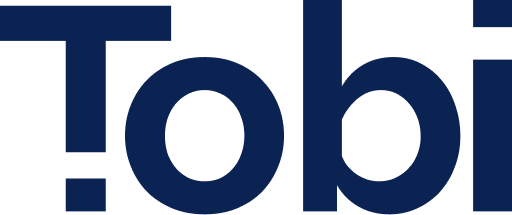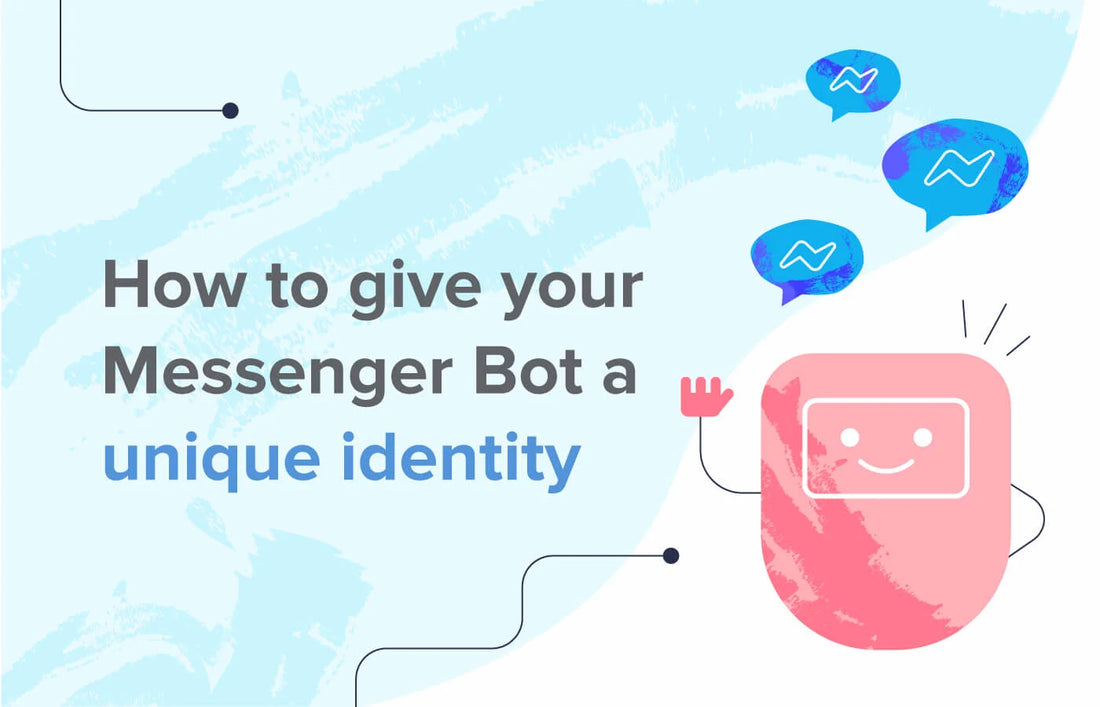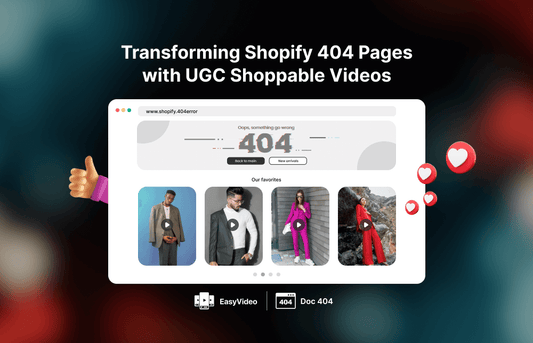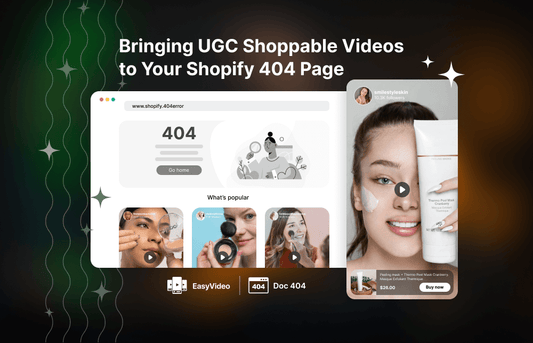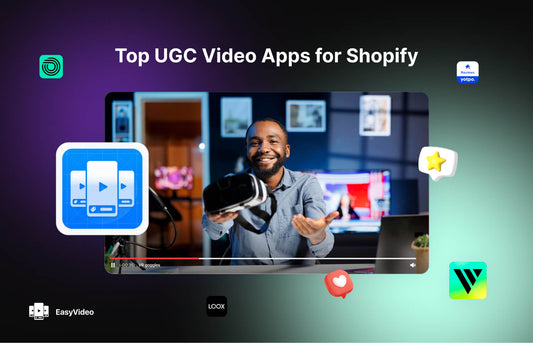When Uber began hitting rough water in 2017, General Manager and Head of Cities, Fred Jones, admitted that one of their problems was that the company had “never really had a brand voice.”
A brand voice.
Let’s consider that for a second. And while you’re considering that you can also think over these statistics.
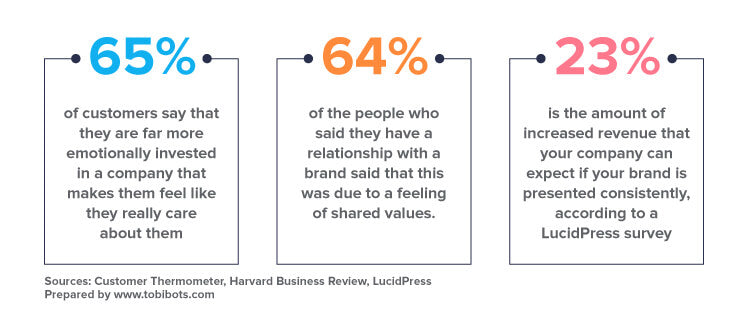
Sources: Customer Thermometer, Harvard Business Review, LucidPress
So, having a brand voice can really help you to set yourself apart from the competition.
It enables you to:
- Build a consistent brand image across all your channels through the language you use;
- Build relationships with customers that are based on common values and a feeling of respect;
- Build engaging Messenger chatbot conversation flows that have personality and add value to your brand (and help optimize conversions).
Tone of Voice and Facebook Messenger
Our focus today will be on how to create and implement a brand tone of voice to use in your Messenger marketing. We’ll also take a look at some examples of how it’s done.
Did you know that 73% of people prefer communicating with businesses via live chat because of its instant nature? Right now there are 1.3 billion active users on Messenger. That’s a massive potential audience you have at your disposal. But to make the most of it you need to stand out from the pack. How can you do this? The answer is with your tone of voice.
By having a Messenger chatbot that has a distinct and engaging tone of voice, you’ll be able to differentiate yourself from your competitors and create that much needed edge.
But before I get any deeper into how to use tone of voice in Messenger, I’d like to give you a brief intro into what tone of voice is. Alright, let’s jump into it.
What is tone of voice and why do I need it?
Your tone of voice is how you communicate with your customers (as opposed to what you communicate). Think about this question:
In most of your communication how do your customers get a clear sense of your brand?
The answer is through the language you use. Sure images help, but it’s what you say that carries most weight.
So, what does this mean for your brand?
It means, first of all, that you need to have a clear vision of who you are. You need to identify what characterizes you.
My brand and my tone of voice
A lot of companies will start by examining Jung’s common archetypes, and identifying the character type they are most closely associated with.

Source: Iconic Fox
These archetypes are useful because they are based on common experience and have been the foundation for stories for millenia. Most importantly, they are instinctively understood by people and allow you to connect with your audience at an innate level.
To give you an example of how this applies to brands, Nike famously uses the Hero archetype, while Lego uses the Creator archetype.
This is serious stuff, remember. What you choose can’t be random. Do your research before you decide on your tone of voice. I won’t go too much into detail here, but these are three things you need to consider:
- Your mission as a brand (what you wrote about in your website’s About Us section);
- Your target audience (if you have a Gen Z audience, don’t use Gen X values/language);
- Your product or service (make sure your brand identity and tone of voice matches your product).
Once you have your archetype, you then need to progress onto finding 3 character traits to define yourself.
For example, you might choose professional, youthful and creative.
How do I show tone of voice in my copy?
So your company has identified one of its characteristics as being youthful. This is how you could develop a tone of voice that shows this through your language.
Youthful (who we are)
This value expresses energy, momentum and agility. It reflects a brand that is growing fast and going places. Plus, it also has an element of curiosity and openness.
What youthful means
Youthful means full of energy and creativity. It also means drive and an inspiration to deliver.
Youthful does not mean hipsterish, i.e all talk and no substance.
How to sound Youthful
1. Use positive words and bright descriptive adjectives. Examples of these adjectives include - fresh, passionate, awesome, vibrant, thrilled.
2. Use active and dynamic sentences. All sentences need to be active (verb focused) and use dynamic call to action verbs (jump, grab, get).
3. Use personal pronouns. Instead of declarative statements like "That's a great choice", make it a personal statement like "I like your thinking there.”
Now let’s do the same for Professional.
Professional (who we are)
What professional meansHow to sound Professional
This value expresses trustworthiness. It reflects a brand that listens to its customers and takes their user experience seriously.Professional means committed to providing a premium service.
Professional doesn’t mean stuffy and boring.
1. Use relationship focused language. Examples of this include - conditional forms (we’ll let you know as soon as your product is dispatched). This type of expression builds a bond between you and your client.
2. Use strong modal verbs of commitment and ability. Use expressions like “you will receive” and “you can change” (rather than would or could).
3. Use indirect language.
Don’t be pushy, use expressions that are indirect like “Would you like to see other options?”
4. Use concrete, evidence-focused language and expressions. Use expressions like, “Our customers have found that ...” Also, used noun focused sentences like, “... is a great solution for challenges like ...”
And for creative ...
Creative (who we are)
What creative meansHow to sound creativeThis value expresses a non-traditional and unique approach. It reflects a brand that wants to stick out from the rest and isn’t afraid of thinking outside of the box.Creative means having a fresh and unique take on the ordinary. It means being playful and surprising.
Creative does not mean being inappropriate or edgy for the sake of edginess
1. Use of question forms. Use questions to get your customer thinking and create the grounds for your solution. (Ever wondered why …? Isn’t it cool that ...?)
2. Use surprising or unusual language.
Use language that is not normally associated with your product such as “a tasty little gadget.”
3. Use idioms and informal language
Use expressions that are less formal and idiomatic - you could try “gonna” instead of “going to”.
Your tone of voice characteristics are not just words you use in a slogan. As you can see above, they determine how you will sound. This includes word choice, sentence length and the kind of sentences you use. We’ll see some more examples of this later.
For a more detailed example of just how deep your TOV can go, the best place to go is Mailchimp. They have an excellent and very detailed guide which they give to all of their copywriters.
Using tone of voice to give your Messenger Bot a unique voice
Okay, so now we’ve got an idea of what tone of voice is, let’s look at how it could work in Messenger.
As Messenger is a conversational channel, it is the perfect place to inject a distinct voice. The tone you use should:
- Be consistent with your brand voice;
- Help to create an engaging and unique voice for your bot;
- Reflect the purpose of the flow.
As Voxable observes in a recent blog, a good place to start is with the question, “how would my bot sound in this situation if it was a human representative of my services.”
Now let’s turn to how we can add specific tones to Messenger chat flows. To do this, I’ll be examining three common types of chat flows:
- Welcome flow
- Lead nurturing flow
- Win-back flow
For each of these flows I’ll be choosing a specific characteristic mentioned above and show you how to add it.
3 examples of how to make your bot sound more “youthful”
What is a welcome flow?
This is a message flow which welcomes customers who have just opted in to your Messenger service. As you probably already realise, this kind of flow is super important as it’s here that you are making your first impression on your client.
If you can clearly show a distinctive voice in your welcome flow, you’ll be well on the way to building a consistent tone of voice that your customer associates with your product.
The characteristic Youthful could be suitable for the following kinds of ecommerce stores: fashion, music, gadget stores.
#1 Example
Initial basic message: “Thanks for opting in”
Message using Professional characteristic: “Awesome to have you onboard”
How I showed tone:
- Use of bright adjectives (awesome)
- Use of personal pronouns (you)
- Verb focused and action oriented expression (to have you onboard)
#2 Example
Initial basic message: “In case you didn’t know, at {name of your store} we’re specialists in {General product area}. We cover everything from {Product category 1} to {Product category 2} to {Product category 3}.”
Message using Professional characteristic: “Here at {name of your store} we specialize in {general product area}. You’ll find we have it all, from {product category 1} to {product category 2}, right through to {product category 3}”
How I showed tone:
- Use of short active sentences to inject some energy
- Relationship building constructions (you’ll find we have it all)
- Use of dynamic expressions
#3 Example
Initial basic message: You can always check out our full range of {Product 1} here (add link).
Message using Professional characteristic: Check out our exciting full range of {product 1}
How I showed tone:
- Use of dynamic call to action verb (check out)
- Use of bright, engaging adjectives (exciting)
3 examples of how to make your bot sound more “Professional”
What is a lead nurturing flow?
This is a message flow which is aimed at reconnecting with customers who showed initial interest in your store but haven’t followed it up. In other words, this is remarketing via Messenger.
Done correctly, remarketing is one of the most effective ways of converting leads. So again, by having a strong tone of voice you will be in a better position to optimize results for this channel.
The tone Professionalism could be suitable for the following kinds of ecommerce and Shopify stores: high end electronic goods, subscription services.
#1 Example
Initial basic message: Hey, we thought you might find this interesting.
Message using Professional characteristic: Hi {person’s name}, based on your preferences we’d like to recommend
How I showed tone:
- Using personalized tone (person’s name)
- Less informal greeting (hi)
- Indirect language (we’d like to recommend)
#2 Example
Initial basic message: A lot of folks reckon {product name} is an awesome way to solve {user problem}
Message using Professional characteristic: Our customers find {product name} is great for solving the challenge of {user problem}.
How I showed tone:
- How I showed tone:
- Evidence based structure (our customers find)
- Use of noun based structure to emphasis
#3 Example
Initial basic message: Want to place an order today to make sure you don’t miss out?
Message using Professional characteristic: If you choose to order today, we can guarantee you will not miss out.
How I showed tone:
- Use of conditional sentence to build relationships
- Use of strong modal of obligation (you will not miss out)
3 examples of how to make your bot sound more “Creative”
What is a win back flow?
This is a message flow aimed at cross-selling or upselling to existing customers.
This is a flow for customers who have already converted. At this stage you are looking to turn them into loyal customers, so showing a little creativity in tone will help to get them excited.
The tone Creative could be suitable for the following kinds of ecommerce and Shopify stores: cosmetics stores, gadget stores, fashion stores
#1 Example
Initial basic message: We think we’ve found the hottest {product area} trend this Summer!!! Want to check it out?
Message using Professional characteristic: Want to be an Instagram hit this summer? Well, check this stunner out!
How I showed tone:
- Use of a question that engages the user in a surprising or novel way (want to be..)
- Use of idiomatic or unusual language (this little stunner)
#2 Example
Initial basic message: Here are some great accessories that go with it. Which one do you like?
Message using Professional characteristic: Turn your look up to 11 with these great accessories. Which one’s gonna give you that extra spice?
How I showed tone:
- Use of surprising language (turn your look up to ten)
- Use of questions to engage your audience
#3 Example
Initial basic message: We’re offering …% off all these items for the next 24 hours.
Want to grab the discount code?
Message using Professional characteristic: We’ve got a lovely 24hr ---% discount with your name on it for these items.
Get your hands on your discount code before it escapes.
How I showed tone:
- Use of idiomatic language (with your name on it)
- Use of unusual or surprising language (before it escapes)
The takeaway: Your brand + Your voice = an optimized user experience
By adding a tailored tone of voice to your messaging you can create a unique and consistent voice. This helps build a user experience that is tailored to your brand. Your chatbot style.
And if you still need some convincing, let’s take a quick look at how some of the biggest brands use a distinct tone with their Messenger Chatbots.
Case study 1: Nike

Source: Adweek
Look at how they leverage their Tone of Voice. The language is creative and youthful, playing up their outlaw persona. Also, look at how they use their brand slogan in their CTA.

The message uses the first name (“Benjamin”) and adopts an informal, dynamic tone:
“All things Jordan”
“We got you”
“Alright, you’re in”
Nike uses Tone of Voice in their messages to maintain consistency across their channels. This gives the user a feeling that they are dealing with a known and trusted brand.
And with a stronger UXP, you will get higher conversions.
Case study 2: The Wall Street Journal
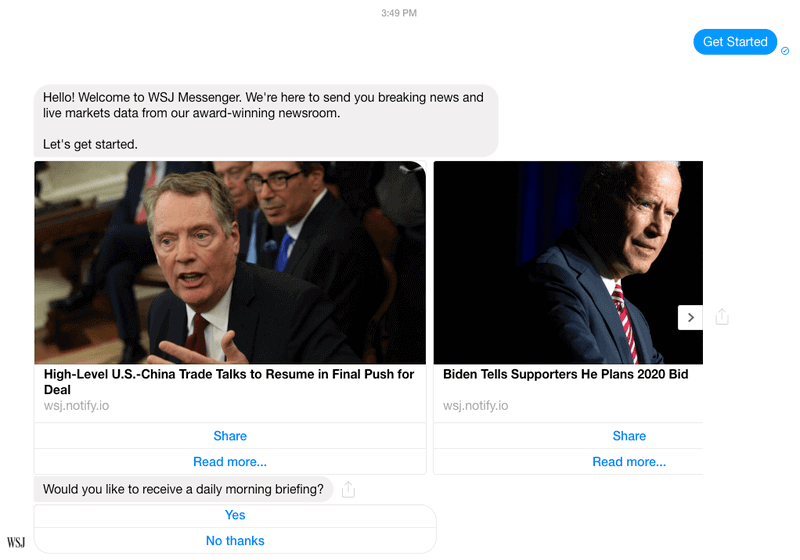
Source: Wall Street Journal Messenger Marketing – Onboarding / Rocketbots
The tone from the Wall Street Journal chabot message is noticeably different. Its tone is much more professional.

It is based more around client centred statements that are focused on brand commitment and client choice:
“We’re here to send you.”
It also uses indirect language that is less directly persuasive:
“Would you like to receive a daily morning briefing?”
Though it has adapted its tone and reduced formality somewhat to fit the Messenger format: “Hello!” and “Let’s get started”
Again we can see a chatbot with a tone of voice that is very much a reflection of the brand, one whose voice maintains a tone consistent across all channels.
Final Word : Your Bots are your brand ambassadors. Treat them like kings.
Your chatbot is on the front line between you and your customer, and can really help you convert at lots of stages in your customer’s journey. It is, therefore, important that you take time to make sure they are the best ambassador for your brand.
And this is a process you can take at your own pace. Automated Messenger marketing tools for Shopify like Tobi already come with pre-written Messenger flows. This means you can set up and start sending abandoned cart, win-back and many other message types on day one. Tobi is also compatible with Firepush, a tool for SMS, email and push notifications, so all your omnichannel marketing tools can be in one place.
Once your Messenger marketing is set up and integrated with your other channels, spend some time developing its unique voice and tone. By building a consistent and engaging tone of voice that embodies who you are, you can make that much needed lasting and valuable impression.
